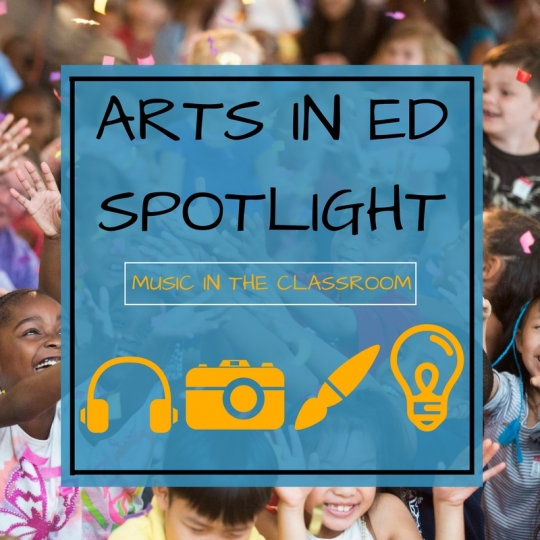
"Incorporating music into almost any class can be a great way to teach content—and it doesn’t take special training or expensive resources." - Maria Alegria
Music as an artform is malleable, constantly changing, and complex as a language. Which is why music is always perceived in so many ways. The task of incorporating music into an academic setting can often seem daunting if you don’t have a background in it. However, there are simple and effective ways that a teacher can integrate music into any academic curriculum. Not only is music exciting and engaging during the school day, but it is effective in helping students memorize formulas, retain language patterns, dates and times, as well as offering a stimulating alternative to a stagnant classroom routine.
With the academic environment changing so rapidly nowadays, it’s important more now than ever to keep art and music integrated into the classroom. This integration provides public and independent schools all over the country the opportunity to reach out to their students in meaningful and effective ways. The patterns of chord progressions and lyrical rhyming are often even used for calming students down in stressful situations. Music as a Teaching Tool, Maria Alegria - While this article discusses a few examples of how to pursue that, the possibilities are endless. Students ability to retain, process, and participate in a classroom setting are only amplified by the addition of music into the curriculum. The benefits to this integration are endless!
To read the full article, click here.

